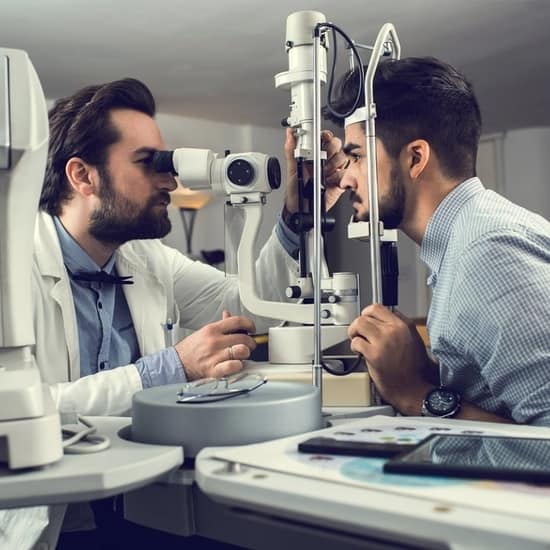Lasik Surgery Procedure Hindi
We believe that everyone has the right to see things clearly. That is why we have chosen to devote our life to offering people with the finest eye doctors available.
Book Free Consultation
Book Appointment or Video Consultation online with top eye doctors
Overview LASIK.
For those looking to improve their vision and ditch glasses or contact lenses, LASIK eye surgery is a safe, effective option. It’s no wonder it has become an incredibly popular procedure! The ideal candidates for the operation have healthy eyes free from additional medical issues that could potentially compromise its results. Furthermore, LASIK is normally done in an outpatient setting with a timeframe of fewer than 30 minutes – so you can be back on your way soon after treatment!
During the surgical procedure, a laser is employed to form an ultrathin flap in the cornea. This flap is then lifted and the laser reshapes the underlying tissue. Once complete, it’s gently reattached and left for healing. Most patients report immediate LASIK outcomes but may take several days for vision to become stabilized completely. It’s important not only that you have realistic expectations about the results of having surgery but also that you make sure to attend follow-up checkups with your physician regularly post-operation as part of aftercare.
LASIK Surgery: Before
Prior to undergoing Lasik surgery, it is essential that individuals visit an ophthalmologist for a comprehensive eye examination. This checkup will evaluate whether the person has any risk factors or if they are suitable candidate for the operation. Additionally, if contact lenses were worn before the assessment, glasses must be worn full-time in order to avoid distorting their cornea’s shape which can create inaccurate results.
Prior to your Lasik surgery, it is essential for you and your doctor to discuss any prior or current eye problems as well as any medications that could possibly impede the operation or vision. Your surgeon must also share with you all pre-op, post-op, and recovery measures. On the day of this life changing procedure, be sure not to apply creams, perfumes, lotions nor makeup in order maximize successful results.


LASIK Surgery: During
Lasik surgery, a process that typically takes less than ten minutes per eye depending on the surgeon’s and machine’s capabilities, begins with deep cleanses and numbing eye drops. A lid speculum is then employed to keep your eyelids open during the Lasik procedure in order to ensure the accuracy of all tests administered beforehand. During refractive surgery, a microkeratome or femtosecond laser is used to delicately create an incision in the cornea. Once this flap has been carefully fashioned, it will be gently folded back and the underlying tissue exposed – then the instrument can be removed from the operating room.
When your eye is in the right position, doctors will begin laser therapy for Lasik surgery. Don’t worry about any unfamiliar smells or noises during this process—these are all normal and necessary parts of the procedure! The precise amount of corneal tissue that needs to be taken away from your eye will be removed expertly by a laser device. Additionally, you can rest easy knowing that protective shields have been placed around both eyes as an extra precautionary measure. As you undergo Lasik surgery, your doctor will ask you to blink regularly in order to keep the cornea moist. Once they are finished with their procedure, they will fit the flap back into its original place. Before departing from the hospital premises, a thorough checkup of your eyes and an application of antibiotic eye drops and ointment for lubrication shall take place.
LASIK Surgery: After
Following Lasik surgery, it is crucial to check that the eyes are healing properly. If irritation and burning sensations have disappeared, then you can rest assured that the operation has been a success! Even though your vision may initially be blurred or watery, all of this will soon pass if you do not rub your eyes and use artificial tears as necessary. Take extra care during recovery – it will be worth it in the end!
By accidently rubbing your eye after a Lasik surgery, the corneal flap may become dislodged and require an additional procedure to be placed into its proper position. Along with this, you can expect some degree of discomfort in certain situations which is why an antibiotic ointment and artificial tear solution will be prescribed. To ensure that these medications are effective, they should be applied four times daily for one week’s duration.
After Lasik surgery, the typical symptoms are glare sensitivity, red eyes and discomfort. If you experience any of these issues or vision problems, it is imperative to seek medical attention promptly in order for a correct diagnosis. To ensure optimal recovery results take all antibiotics as prescribed by your doctor; if you have further questions about other signs and symptoms please contact them immediately.
To ensure a swift and successful recovery following eye surgery, the eyes should not be exposed to light nor become infected via lakes or wells. After three to four days have passed, walking and running can resume with caution. To gain the maximum benefits from an artificial tear procedure, one must adhere strictly to these guidelines.
It’s essential to heed the advice of healthcare professionals when using products such as body lotion or creams, since their misuse can lead to potential infection. Therefore, caution should be exercised when applying these products.
Following a Lasik procedure, the majority of patients can typically see clearly without glasses instantly. However, it is critical to wait for 6 months post-procedure prior to applying for vision correction since corneal stabilization and healing take this length of time. Moreover, before any other procedures are done on the eye, reliable corneal stability must be achieved first.
It is essential to contact your Lasik surgeon right away if you experience any atypical symptoms after the surgery. These may indicate a critical issue that, when ignored, can lead to partial or even full blindness. Get in touch with your doctor immediately before it becomes too late!

